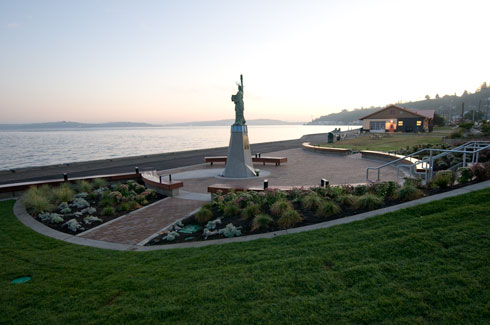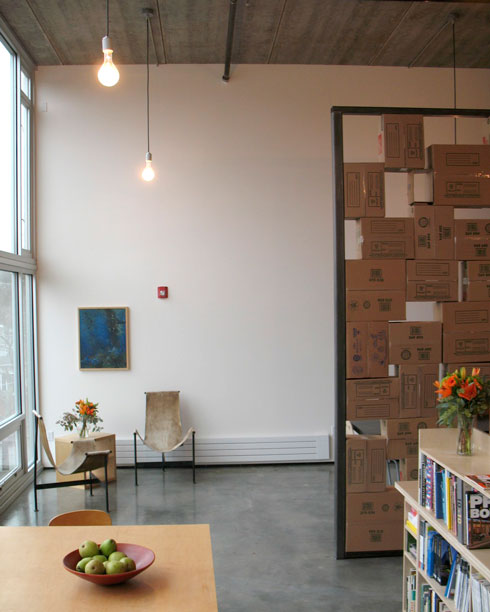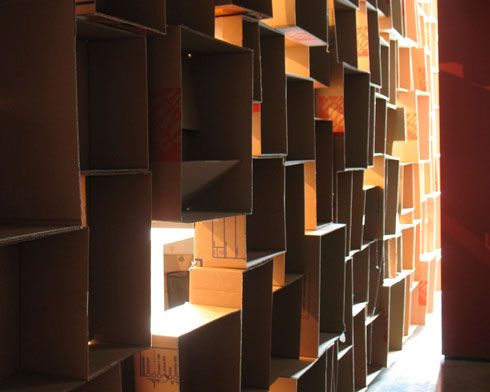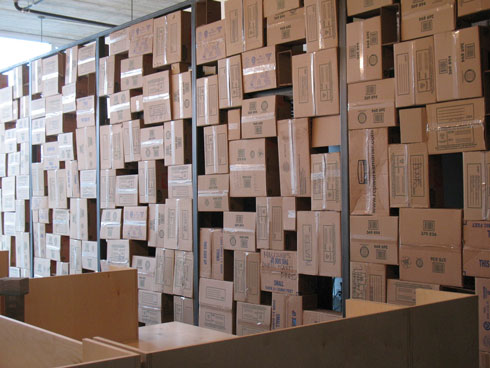Stefan and I attended a conference put on by Passive House Northwest at Evergreen State College on Friday and I feel like we got a bit more of the nuance of the standard, understanding of more of the nerdy building science, as well as a chance to look at first hand some of new projects being brought to the US market.
A little more background: Passive House is a concept developed by the PassiveHaus Institute in Germany. They developed the tools that are used to model performance, and do the training and certification of Passive House consultants. While there are about 30,000 PH projects worldwide, the US rollout has led to a few complications.
First, within the name, there are two inherent misconceptions:Â that they are passive solar houses, and that it is a strategy for houses (since the direct german translation for haus would be 'building' , it's easy to overlook the impact on larger institutional and commercial projects).
Second, the Passive House standard was developed in Germany, and there are concerns that it doesn't address other climates. In very cold climates, for example, the PH standard would call for an impractical amount of insulation, while in hotter areas, a code compliant house with an interior air seal might make the cut.
Third, the software is a black box, and as one conference goer pointed out, the Northwest is home to a lot of DIY building science 'rogues' who want to see into the box, fiddle and tweak the system to optimize it for our climate. It's a bit of a culture clash manifesting itself in the black box/open source conversation. Plus it is proprietary, so I feel a little bit of the same resistance I have to LEED and the USGBC.
Fourth, the spent energy metric is based on an area measurement. Since the US first adopters are building houses, and on the small side, the bar is pretty high because the same energy hogs populate big and small homes alike. Joe Giampetro has recently finished his 'Mini-B' passive house--essentially a small DADU, so it can be done, but there is no inherent reward for building not so big.
The flip side of the argument would be that we shouldn't be building single family detached at all. Urban Olympic, our multifamily Passive House, seen in the prior post, will be an excellent data point to compare how the overall size of the building affects the energy model's performance and cost of construction.
All in all, if you are a building science nerd, I'd recommend the next event, scheduled for June 17th. Regardless of your commitment to green building, the underlying idea is powerful, and will have a big impact on the industry over the next 20 years.







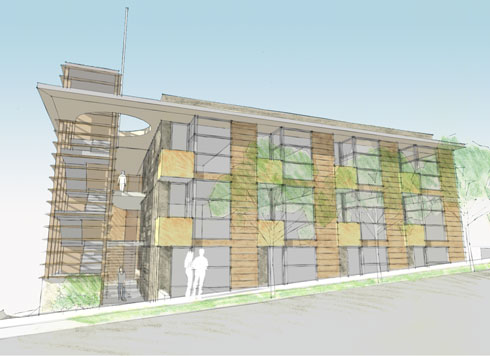
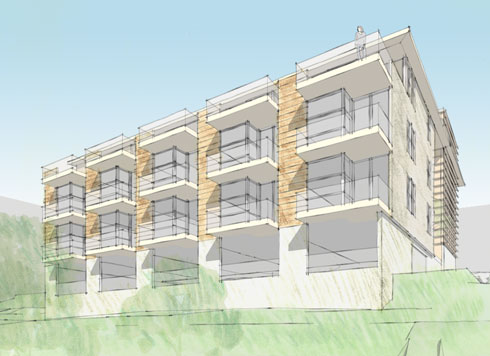


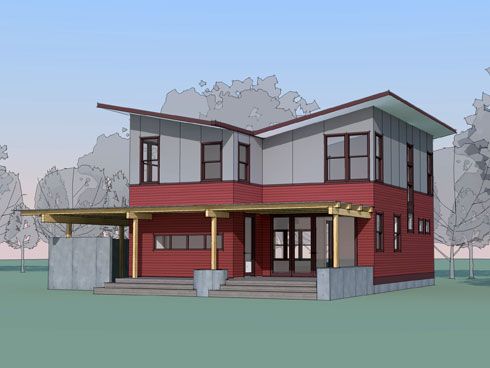
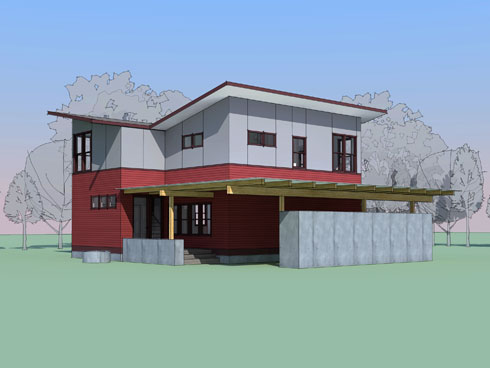





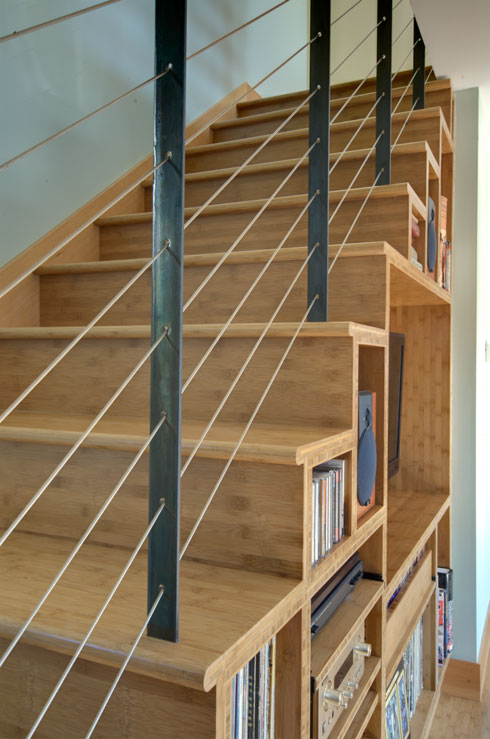
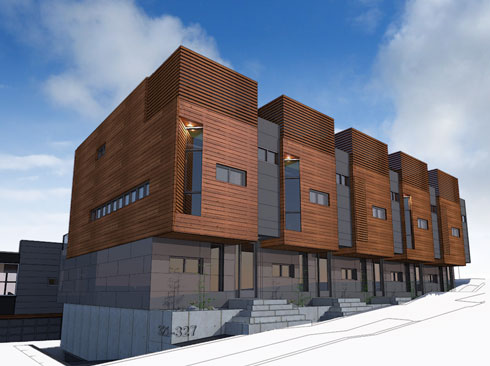 Urban Olympic is a community of 9 townhouses, and will  mark a couple of firsts for us:  our first
Urban Olympic is a community of 9 townhouses, and will  mark a couple of firsts for us:  our first 